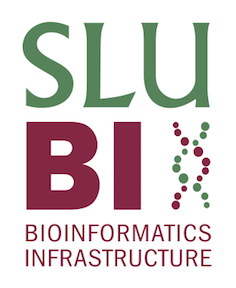Quarto
Literate programming
When analysing data, it is good practice to work as reproducibleas possible. Part of that is not only developing and executing code (for example in a R session), but to save and comment the code. As always, this documentation step is crucial to understand the code, especially when sharing code with others, or getting back to it at a later point in time.
Literate programming combines code and documentation in the same document: the documentation is in plain text, and the code is wrapped in so called chunks, that are executable from within the document.
These notebooks that allow for literate programming come in different flavors, for example jupyter notebooksand marimo for Python applications, Rmarkdown for R code. Its successor, quarto can be used to integrate a variety of coding languanges. In this course, we will introduce you to quarto.
Quarto
Meaning that you can use your favorite text editor (such as VScode (o; ) to write documents in plain text markdown.
Quarto chunks, or code cells, are executable from within the document and can be written in a variety of different languages - such as python, R, Julia, bash, Observable, and more.
Your document can then be rendered into a variety of different output formats: html, pdf, MS Word, Markdown, and more.
With this you can make presentations, dashboards, homepages (like this one), reports, books, manuscripts, and more.
Install Quarto, and follow the tutorial for VScode.
Quarto has a very good documentation, that you can access on their homepage -> Guide, or by searching the web for “Quarto, feature you are looking for”.
